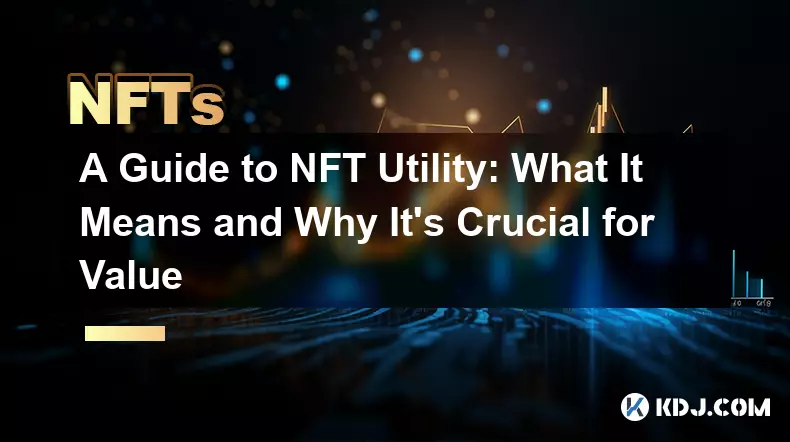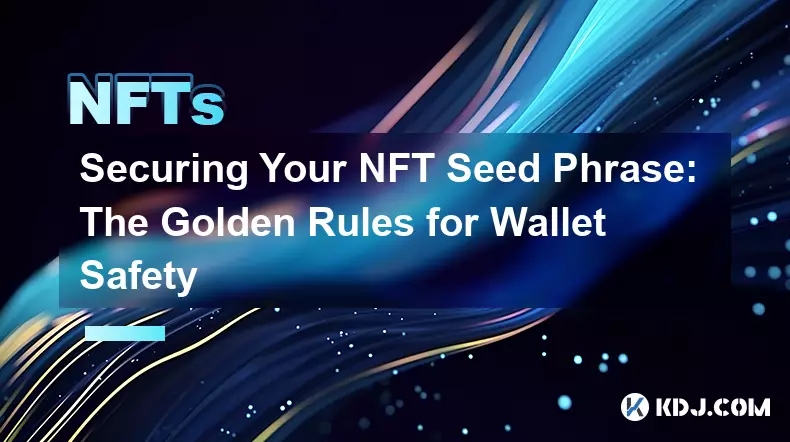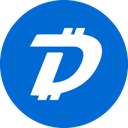-
 bitcoin
bitcoin $107015.826941 USD
-2.18% -
 ethereum
ethereum $3637.352324 USD
-5.18% -
 tether
tether $0.999831 USD
-0.02% -
 xrp
xrp $2.338078 USD
-6.23% -
 bnb
bnb $998.272150 USD
-6.97% -
 solana
solana $167.598257 USD
-10.12% -
 usd-coin
usd-coin $0.999863 USD
0.01% -
 tron
tron $0.282573 USD
-5.09% -
 dogecoin
dogecoin $0.169891 USD
-7.39% -
 cardano
cardano $0.557554 USD
-7.03% -
 hyperliquid
hyperliquid $39.914802 USD
-5.85% -
 chainlink
chainlink $15.414549 USD
-9.97% -
 bitcoin-cash
bitcoin-cash $510.361911 USD
-4.26% -
 ethena-usde
ethena-usde $0.999194 USD
-0.03% -
 stellar
stellar $0.282092 USD
-6.07%
How to create a generative art NFT collection?
Generative NFT art uses algorithms to combine curated, rarity-weighted traits into unique digital collectibles, minted via smart contracts on blockchains like Ethereum or Polygon.
Nov 04, 2025 at 08:36 am

Understanding Generative Art in the NFT Space
1. Generative art refers to artwork created through autonomous systems, typically using algorithms and code. In the context of NFTs, this means each piece is generated by a script that combines various traits according to predefined rules.
2. Artists define layers such as background, clothing, accessories, and facial features. Each layer contains multiple variations with different rarity levels. The algorithm randomly assembles these components to produce unique digital collectibles.
3. The final output is a set of images, each linked to metadata stored on-chain or off-chain. This ensures authenticity and ownership verification via blockchain technology.
4. Smart contracts play a crucial role in minting and distributing generative NFTs, ensuring transparency and trustless execution.
Designing Your Collection Concept
1. Start by defining a strong theme or narrative for your collection. Whether it’s pixelated apes, futuristic robots, or mystical creatures, consistency in style enhances appeal.
2. Sketch out all possible trait categories and their variations. For example, a character-based project might include heads, eyes, mouths, outfits, and props.
3. Assign rarity weights to each trait. Common traits appear frequently, while rare ones are limited in number to increase desirability among collectors.
4. Use design tools like Adobe Photoshop, Illustrator, or free alternatives such as GIMP and Krita to create high-quality, layered assets ready for coding integration.
5. Ensure every visual element aligns with your brand identity and target audience preferences within the crypto art community.
Technical Execution Using Code
1. Choose a programming language suitable for image generation—JavaScript (with Canvas or p5.js) and Python (with Pillow or Processing) are widely used.
2. Organize your artwork into folders by trait type. Name files clearly and associate them with corresponding rarity percentages in a configuration file.
3. Write a script that loads all layers, applies randomness based on rarity settings, composites the images, and exports both the final PNGs and associated JSON metadata.
4. Test the generator thoroughly to avoid glitches, duplicate outputs, or missing combinations. Run sample batches before full-scale rendering.
5. Utilize GitHub repositories or private servers to version control your code and securely store generated assets during development.
Minting and Launching on Blockchain
1. Select a blockchain platform—Ethereum, Solana, and Polygon are popular choices due to established marketplaces and developer tools.
2. Deploy an ERC-721 or ERC-1155 smart contract if using Ethereum. Tools like Solidity, Hardhat, or third-party platforms such as Manifold Studio simplify deployment.
3. Upload your images and metadata to decentralized storage solutions like IPFS or Arweave to ensure permanence and censorship resistance.
4. Integrate your website or marketplace listing with the contract so users can mint directly from a user interface.
5. Promote your launch across social media, Discord communities, and NFT calendars to attract early adopters and build momentum.
Frequently Asked Questions
What software can I use to generate NFT art automatically?You can use tools like HashLips Art Engine, nft-generator, or custom scripts built with p5.js and Node.js. These allow batch creation of images based on layered assets and trait probabilities.
How do I ensure my NFTs have balanced rarity distribution?Define clear rarity tiers (common, uncommon, rare, legendary) and assign percentage chances to each trait. Run simulations to preview outcomes and adjust weights until the distribution meets your goals.
Can I modify my NFT collection after minting has started?Once the smart contract is deployed and tokens are minted, core attributes cannot be changed. However, you can implement dynamic metadata updates if designed into the contract initially.
Is coding knowledge necessary to create generative NFTs?While not mandatory, understanding basic programming helps significantly. No-code platforms exist, but they offer less flexibility compared to writing custom generation logic and smart contracts.
Disclaimer:info@kdj.com
The information provided is not trading advice. kdj.com does not assume any responsibility for any investments made based on the information provided in this article. Cryptocurrencies are highly volatile and it is highly recommended that you invest with caution after thorough research!
If you believe that the content used on this website infringes your copyright, please contact us immediately (info@kdj.com) and we will delete it promptly.
- ZKsync Tokenomics: Utility Shift or Just Another Altcoin Bounce?
- 2025-11-05 00:40:13
- BTC, UK, Treasury Plan: Smarter Web's Bold Bitcoin Bet
- 2025-11-05 01:00:17
- Veterans Day Salute: Army & Air Force Exchange's Coin Giveaway and More!
- 2025-11-05 01:30:12
- Altcoin Investment in 2025: Is BlockchainFX Outperforming Render and Pudgy Penguins?
- 2025-11-05 01:30:12
- Blockchain Gaming: Digital Assets Unlock New Value and Combat Bots
- 2025-11-05 01:10:02
- Crypto Payroll's Meme Coin Dilemma: Hype vs. Stability, Ya Feel?
- 2025-11-05 01:20:01
Related knowledge

NFT Portfolio Tracking: The Best Tools to Manage Your Investments
Nov 04,2025 at 11:04pm
NFT Portfolio Tracking: Why It Matters in the Digital Asset Space1. The rapid expansion of the NFT market has made it essential for collectors and inv...

The Complete Guide to NFT Whitelists: Strategy for Gaining Access
Nov 03,2025 at 02:36pm
Decentralized Exchanges Gain Momentum in 20241. Decentralized exchanges (DEXs) have seen a significant rise in trading volume, surpassing centralized ...

Verifying NFT Authenticity: A Checklist to Avoid Fakes and Scams
Nov 01,2025 at 03:55pm
Understanding the Foundations of NFT Verification1. Every NFT is built on a blockchain, most commonly Ethereum, Solana, or Polygon. The blockchain pro...

Polygon (Matic) NFT Guide: Why It's a Top Choice for Low-Fee Trading
Nov 02,2025 at 06:36pm
Bitcoin's Role in Decentralized Finance1. Bitcoin remains the cornerstone of decentralized finance, serving as a primary store of value within the cry...

A Guide to NFT Utility: What It Means and Why It's Crucial for Value
Nov 01,2025 at 12:54am
Understanding NFT Utility in the Digital Economy1. NFT utility refers to the functional value that a non-fungible token provides beyond its existence ...

Securing Your NFT Seed Phrase: The Golden Rules for Wallet Safety
Nov 03,2025 at 09:54pm
Understanding the Importance of Your NFT Seed Phrase1. The seed phrase, typically a sequence of 12 or 24 words, acts as the master key to your digital...

NFT Portfolio Tracking: The Best Tools to Manage Your Investments
Nov 04,2025 at 11:04pm
NFT Portfolio Tracking: Why It Matters in the Digital Asset Space1. The rapid expansion of the NFT market has made it essential for collectors and inv...

The Complete Guide to NFT Whitelists: Strategy for Gaining Access
Nov 03,2025 at 02:36pm
Decentralized Exchanges Gain Momentum in 20241. Decentralized exchanges (DEXs) have seen a significant rise in trading volume, surpassing centralized ...

Verifying NFT Authenticity: A Checklist to Avoid Fakes and Scams
Nov 01,2025 at 03:55pm
Understanding the Foundations of NFT Verification1. Every NFT is built on a blockchain, most commonly Ethereum, Solana, or Polygon. The blockchain pro...

Polygon (Matic) NFT Guide: Why It's a Top Choice for Low-Fee Trading
Nov 02,2025 at 06:36pm
Bitcoin's Role in Decentralized Finance1. Bitcoin remains the cornerstone of decentralized finance, serving as a primary store of value within the cry...

A Guide to NFT Utility: What It Means and Why It's Crucial for Value
Nov 01,2025 at 12:54am
Understanding NFT Utility in the Digital Economy1. NFT utility refers to the functional value that a non-fungible token provides beyond its existence ...

Securing Your NFT Seed Phrase: The Golden Rules for Wallet Safety
Nov 03,2025 at 09:54pm
Understanding the Importance of Your NFT Seed Phrase1. The seed phrase, typically a sequence of 12 or 24 words, acts as the master key to your digital...
See all articles










































































